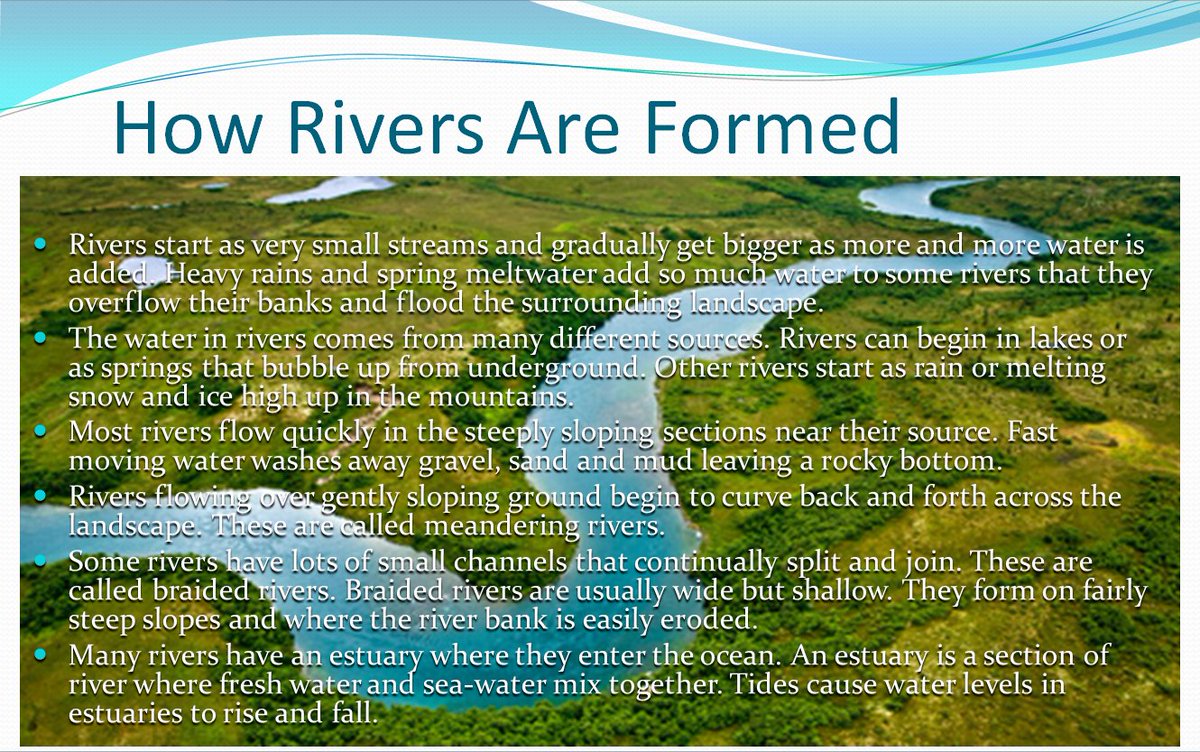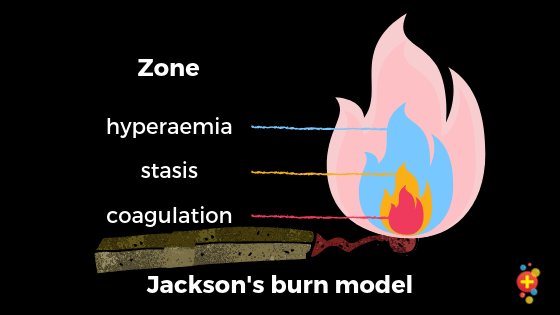
How do you optimise your slides, audio or video when delivering online teaching?
There are many learning theories out there, but Mayer’s Multimedia Learning Theory is epic.
Read this thread + use his theories to improve learning transfer
Non-ideal slide to get started👇
1/17
There are many learning theories out there, but Mayer’s Multimedia Learning Theory is epic.
Read this thread + use his theories to improve learning transfer
Non-ideal slide to get started👇
1/17

The theory has 3 main assumptions:
1. Dual channels: there are 2 channels (auditory + visual) for processing info from sensory memory
2. Limited capacity: each channel has a limited working memory capacity
3. Active processing: multimedia learning is an active process
2/17
1. Dual channels: there are 2 channels (auditory + visual) for processing info from sensory memory
2. Limited capacity: each channel has a limited working memory capacity
3. Active processing: multimedia learning is an active process
2/17

And 5 cognitive processes
1. Select relevant words from text/audio
2. Select relevant images
3. Organise the words into a coherent verbal representation
4. Organise images into a coherent pictorial rep
5. Integrate 3 + 4 w/ prior knowledge
Mayer's principles optimise this
3/17
1. Select relevant words from text/audio
2. Select relevant images
3. Organise the words into a coherent verbal representation
4. Organise images into a coherent pictorial rep
5. Integrate 3 + 4 w/ prior knowledge
Mayer's principles optimise this
3/17
Multimedia principle
People learn better from words and pictures than words alone. Words and pictures together let the learner construct both visual and verbal models which leads to better learning transfer
4/17
People learn better from words and pictures than words alone. Words and pictures together let the learner construct both visual and verbal models which leads to better learning transfer
4/17
Coherence principle
People learn better online when unnecessary content is removed from slides.
This includes text, sounds, images.
Extra material competes for cognitive space + means the learner won’t remember it as well.
Keep it uncluttered.
See 👇
5/17
People learn better online when unnecessary content is removed from slides.
This includes text, sounds, images.
Extra material competes for cognitive space + means the learner won’t remember it as well.
Keep it uncluttered.
See 👇
5/17
Signaling principle
We learn best when we are shown exactly what we need to pay attention to on screen
Show your audience by highlighting words/sections to indicate significant info.
This can be verbal too - with emphasis on specific words.
XR rule of twos 👇
6/17
We learn best when we are shown exactly what we need to pay attention to on screen
Show your audience by highlighting words/sections to indicate significant info.
This can be verbal too - with emphasis on specific words.
XR rule of twos 👇
6/17
Redundancy principle
Humans learn best with narration and graphics, rather than narration + graphics + text.
Redundant material interferes with learning, because the learner has to process multiple sources.
Key point: don’t read the text out loud from your slides.
7/17
Humans learn best with narration and graphics, rather than narration + graphics + text.
Redundant material interferes with learning, because the learner has to process multiple sources.
Key point: don’t read the text out loud from your slides.
7/17
Spatial contiguity principle
Keep words + pictures near to each other.
This makes it easier for learner not to have to scan the screen and put things together.
It reduces cognitive load and improves learning transfer.
See the example below👇
8/17
Keep words + pictures near to each other.
This makes it easier for learner not to have to scan the screen and put things together.
It reduces cognitive load and improves learning transfer.
See the example below👇
8/17
Temporal contiguity principle
It's better if images + the words accompanying them are presented simultaneously rather than successively
Rather than showing an image + THEN talking it about it, do both together.
Learners retain more this way.
See SVT example👇
9/17
It's better if images + the words accompanying them are presented simultaneously rather than successively
Rather than showing an image + THEN talking it about it, do both together.
Learners retain more this way.
See SVT example👇
9/17
Segmenting principle
People learn better when the content is split into user-paced segments. This is really for pre-recorded content on a LMS.
Rather than showing a 1 hour lecture, split it into 10 min segments + allow the user to press play to move on when they want to
10/17
People learn better when the content is split into user-paced segments. This is really for pre-recorded content on a LMS.
Rather than showing a 1 hour lecture, split it into 10 min segments + allow the user to press play to move on when they want to
10/17

Pre-training principle
Learning is better if the audience knows the core concepts in advance. Providing some pre-reading or ensuring a base line expected knowledge allows the nuance to be discussed in the session.
This is particularly effective for complex material.
11/17
Learning is better if the audience knows the core concepts in advance. Providing some pre-reading or ensuring a base line expected knowledge allows the nuance to be discussed in the session.
This is particularly effective for complex material.
11/17

Modality principle
We learn better from images + spoken word than from images + text.
This doesn't mean never use text, but if there's too much it's overwhelming + reduces learning.
Remember subtitles for accessibility though.
See auricular block example👇
12/17
We learn better from images + spoken word than from images + text.
This doesn't mean never use text, but if there's too much it's overwhelming + reduces learning.
Remember subtitles for accessibility though.
See auricular block example👇
12/17
Personalisation principle
People learn better in online presentations when the words used are conversational rather than formal.
Keep the language simple + casual.
Consider your audience + try to match the tone to them.
Use first person language.
Example 👇
13/17
People learn better in online presentations when the words used are conversational rather than formal.
Keep the language simple + casual.
Consider your audience + try to match the tone to them.
Use first person language.
Example 👇
13/17
Voice principle
People learn better when the narration is spoken in a human voice rather than a robot voice (yes, this is seriously a thing).
So put your robot away.
14/17
People learn better when the narration is spoken in a human voice rather than a robot voice (yes, this is seriously a thing).
So put your robot away.
14/17

Image and Embodiment principle
People do not learn better when a STILL image of the speaker is shown on the screen, but they do when the speaker is on screen and displays high embodiment: hand gestures; eye contact; drawing things on screen.
Be enthusiastic.
15/17
People do not learn better when a STILL image of the speaker is shown on the screen, but they do when the speaker is on screen and displays high embodiment: hand gestures; eye contact; drawing things on screen.
Be enthusiastic.
15/17
Generative activity principle
People learn better when they have guided generative learning tasks in teaching (summarising, self-testing)
This type of activity causes the learner to process info: select what’s important; mentally organise it; integrate w/ prior knowledge
16/17
People learn better when they have guided generative learning tasks in teaching (summarising, self-testing)
This type of activity causes the learner to process info: select what’s important; mentally organise it; integrate w/ prior knowledge
16/17
This theory isn't perfect (see litfl.com/cognitive-theo… for some criticisms), but it's a lovely model to help frame your thinking about how you use media to enhance your teaching and presentations.
17/17
17/17
• • •
Missing some Tweet in this thread? You can try to
force a refresh






